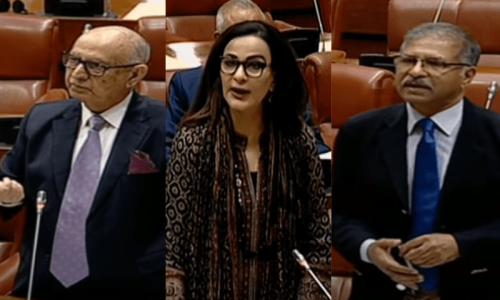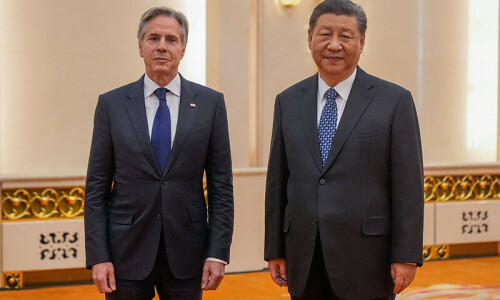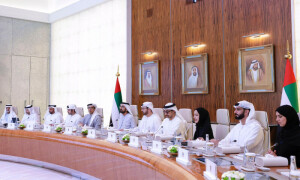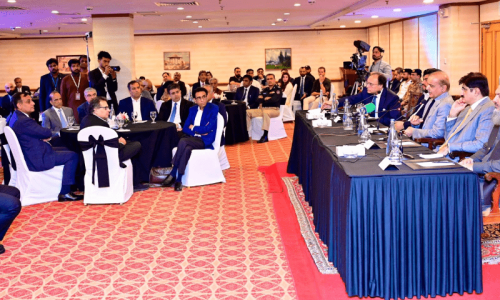WITH electricity rapidly becoming unaffordable and supplies more erratic in spite of surplus generation capacity, businesses and middle-class households are quietly embracing solar power in cities and villages across the country. The increase in rooftop solar power can be measured by the fact that the net-metered solar power generation inducted into the national grid has surged to 419MW, according to a report in this paper. The measures taken by Nepra as well as the power distribution companies to make it easy for households and business owners seeking net-metering or generation licences to become part of the national grid have contributed in a big way to this shift over the last couple of years. Net-metering licences allow consumers to sell surplus solar power to their respective distribution companies. Nonetheless, the adoption of the abundantly available renewable energy resource is still painfully slow when compared to India, China and other countries, in spite of the improvement in technology, decrease in upfront installation costs, ease in securing generation licences and concessionary bank loans for the purchase of solar equipment. The slower shift becomes more critical in view of the fact that Pakistan has one of the largest unserved populations in the world as far as electrification is concerned and has huge potential for leapfrogging in the renewable energy sector.
International studies show that Pakistan’s sunny climate grants it enormous potential for cheaper solar power generation. Currently, the share of wind and solar renewables in the overall energy mix remains a paltry 4pc — solar share being just 1.6pc — compared to 64pc thermal generation, 27pc hydropower and 5pc nuclear power. Post-Covid global fuel supply disruptions and skyrocketing oil and gas prices show that Pakistan must push for early adoption of local fuels, especially renewable resources, to cut its reliance on expensive, imported fossil fuels and save foreign exchange. Renewable energy is more environment-friendly and cheaper than hydel power. The government is expected to announce its new solar power policy early next month. The policy should incorporate measures such as the provision of free or heavily subsidised solar equipment to low-income households using less than 100 units a month, ease procedures to allow other consumers, including small businesses, unfettered access to the concessionary bank loans, and reduce net-metering fees to quicken the adoption of rooftop solar adoption. Unless more incentives are given, the plan to increase the share of renewables in the energy mix to 30pc by 2030 will remain a pipe dream.
Published in Dawn, July 23rd, 2022











































